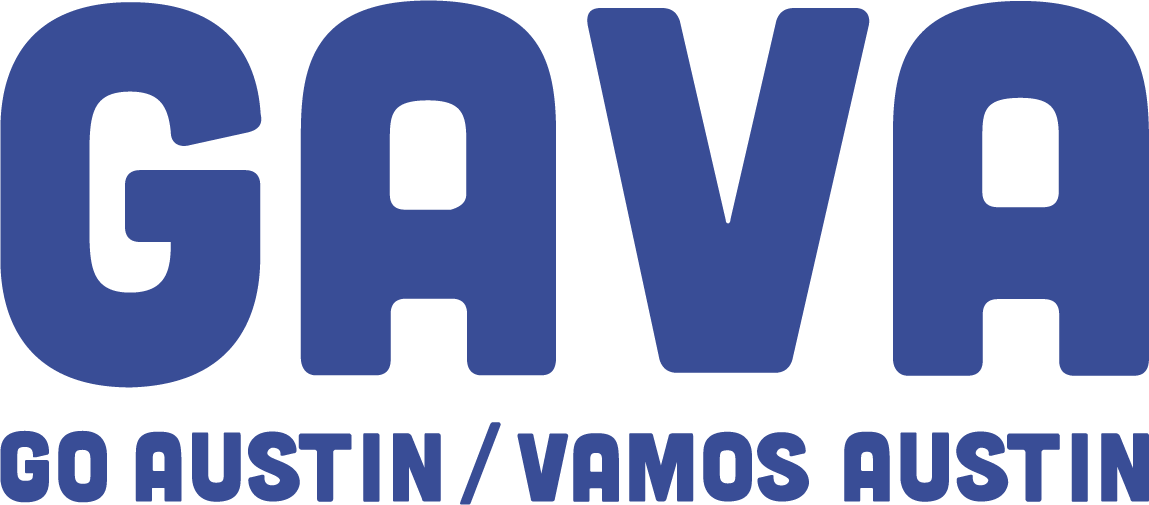WHY
Climate resilience refers to our ability to adapt to, withstand, and recover from climate-related impacts in an inclusive and fair manner.
This includes having robust infrastructure (drainage, green infrastructure, and responsible development standards), access to resources, and effective emergency preparedness & emergency response systems that protect all residents. It also means investing in residents’ ability to stay in their neighborhoods as improvements are made.
Climate resilience also involves community engagement and participation in decision-making processes, ensuring that everyone has a voice in creating solutions. By addressing social, economic, and environmental disparities, equitable climate resilience ensures that all community members can thrive despite climate challenges.
GAVA networks with other advocates and organizations across central Texas and the U.S. to address the critical issues of water access, water quality, and responsible land and water management.


HOW
Since 2018, GAVA’s Climate Resilience team has played a key role in defining climate resilience for the City of Austin, TX, partnering with public and private institutions to increase our communities’ capacity to respond to climate change and adapt equitably to a healthy future in the face of increased stressors like extreme heat, water quality and supply issues, and shocks such as catastrophic and localized flooding, storms, and major freezes.
Like COVID and other major stressors, these issues most directly impact the neighborhoods in which GAVA focuses our efforts. As our neighborhoods of focus continue to grow and change, we identify specific policies, tools, and programs that can mitigate the cost of living and pressures from climate change that worsen displacement.
At the local level, we work with diverse communities to steward urban creeks, greenbelts, and trails for health benefits, safety, and environmental conservation; and we collaborate with residents and partners to employ strategies for heat mitigation and climate preparedness.
Our efforts also require that we network with regional and out of state allies who experience these issues in interconnected ways. As we explore mitigation of flooding for example, we collaborate with upstream neighbors in the Hill Country focused on water conservation and land preservation, who can employ strategies that reduce the risk of flooding for our communities downstream.
WHAT IS NEW?
Flood Mitigation
Southeast Austin has endured catastrophic flooding, which drives and informs our work today. GAVA has leveraged the knowledge and wisdom from directly impacted people to increase neighborhood preparedness, inform advocacy for updated infrastructure, and to make all of Austin safer.
We engage residents to develop alternative solutions to the inundation they experience from changing floodplains, localized flooding, and lot to lot flooding. Dove Springs residents experience flooding from storms and extreme localized flooding caused by heavy rainfall. It doesn’t take much for existing drainage systems like detention ponds to become overwhelmed. Residents, with support from GAVA, are alerting the Watershed Protection Department and providing data about existing infrastructure updates that are badly needed in their neighborhood.We are watching three large projects that are set to be updated in 2025 and have succeeded in securing multiple small improvements in the Dove Springs neighborhood.
Current FEMA flood maps don’t account for lot-to-lot flooding caused by increased urbanization or localized flooding from outdated drainage infrastructure. We work with a variety of academics, engineers, and public servants to better understand and implement green infrastructure as an intervention strategy. Our goal is to reduce the impacts of localized flooding in the short term while we wait for the city to finish their larger scale stormwater drainage improvements.
We are also working on Donde corre el agua/Where the Water Runs, a Spanish speaking resident-led creek adopter project along East Williamson Creek that has brought four City departments (Watershed Department & Parks and Rec), dozens of residents, and the School of Architecture together to develop a trail enhancement project to support creek health, reduce erosion, improve connectivity, and protect this wild space for Dove Springs. The project will be implemented over the coming two years.
Climate Navigator Program/Leadership Development
As we better prepare neighborhoods in our areas, we are building citywide relationships and practices that elevate issues in other communities, for example, wildfire prevention and response in West Austin.

2013 Hallowen Floods in Austin
GAVA worked with TÁPI Story and residents on the development of a film that brings attention to the 2013 Halloween floods in Austin. This tragic event forced many residents to abruptly move out of Austin or, for the families that stayed, face expensive repairs. This is an incident many residents have not heard of, but people globally can relate to. The communities most likely to have their lives upended by flooding are the ones who can least afford it. If you are interested in seeing the film or hosting a private screening, please contact [email protected].

Everywhere you see streets, there were—or still are—houses.
Donate
GAVA has set up a separate fund for direct support to flood-impacted households. This fund is advised by those who lived through flooding on Onion Creek and Williamson Creek, and can support things from prevention (insurance premium support) to recovery (replacing lost items and paying for mental or physical health and wellness care).
How to get involved
Join us in advocating for affordable flood insurance, Resilience Hubs, disaster preparedness, safety from flooding, and more.
Residents can get involved by contacting [email protected]. From there we can plug you into our work and/or share resources for getting involved in coalition work.
Institutional stakeholders can get involved by lending legal or other content expertise related to planning, land use, environmental protection, green infrastructure, and more.
